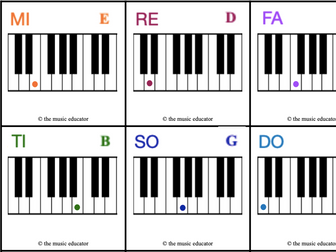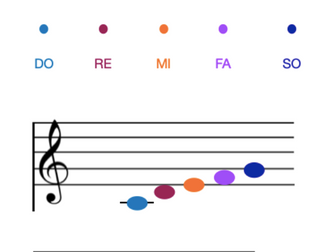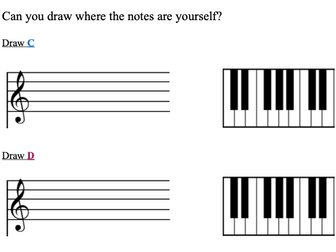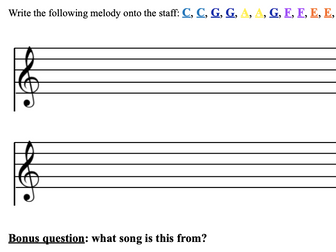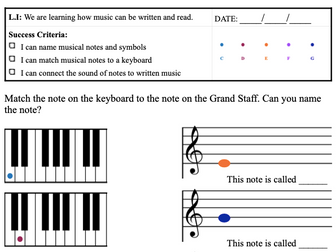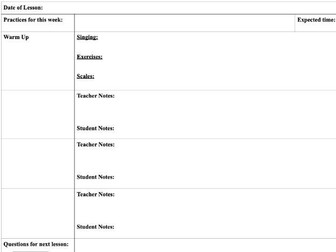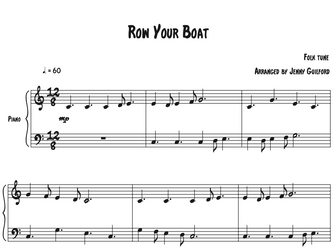Music Games for 3-6 Year Olds
<p>This is a collection of four games to get any music teacher started on incorporating games into lessons. The spirit behind this is that once any teacher becomes used to including games in lessons, that further games get added that are designed by you, or perhaps even your students themselves! From our experience here at the music educator, there is no one right way to play games within lessons, and that different students respond to playing games in a variety of ways.<br />
With this in mind, four games (that have been tried and tested) have been published in this resource. All these games have a clear learning outcome, levels of differentiation, as well as materials included when required. As is usual in all the music educator resources, there is optional colour coding in the resources. These are randomly chosen, and not associated with synesthesia. It is possible to print these resources in black and white if colours are not wanted. Throughout the resource, both alphabet and solfa names are used.</p>
